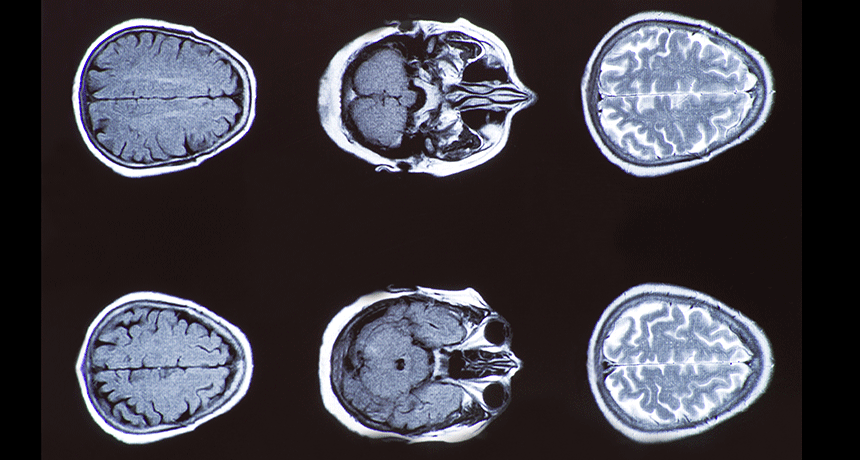CAT scan or CT scan (see computerized axial tomography )
computerized axial tomography (CAT or CT, for short). A special kind of X-ray scanning technology that produces cross-sectional views of the inside of a bone or body.
computerized tomography (CT, for short). A special kind of X-ray scanning technology that produces cross-sectional views of the inside of a bone or body.
CT scan (see computerized axial tomography )
egg The unfertilized reproductive cell made by females.
pterosaur Any of various extinct flying reptiles of the order Pterosauria. These animals lived 245 million years ago to 65 million years ago. Although not true dinosaurs, they lived during the reign of dinosaurs. Among members of this order were the pterodactyls of the Jurassic and Cretaceous periods, which were characterized by wings consisting of a flap of skin supported by the very long fourth digit on each forelimb.
radiation (in physics) One of the three major ways that energy is transferred. (The other two are conduction and convection.) In radiation, electromagnetic waves carry energy from one place to another. Unlike conduction and convection, which need material to help transfer the energy, radiation can transfer energy across empty space.
scanner A machine that runs some sort of light (which includes anything from X-rays to infrared energy) over a person or object to get a succession of images. When a computer brings these images together, they can provide a motion picture of something or can offer a three-dimensional view through the target. Such systems are often used to see inside the human body or solid objects without breaching their surface.
X-ray A type of radiation analogous to gamma rays, but having somewhat lower energy.

